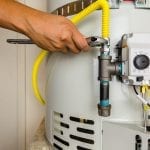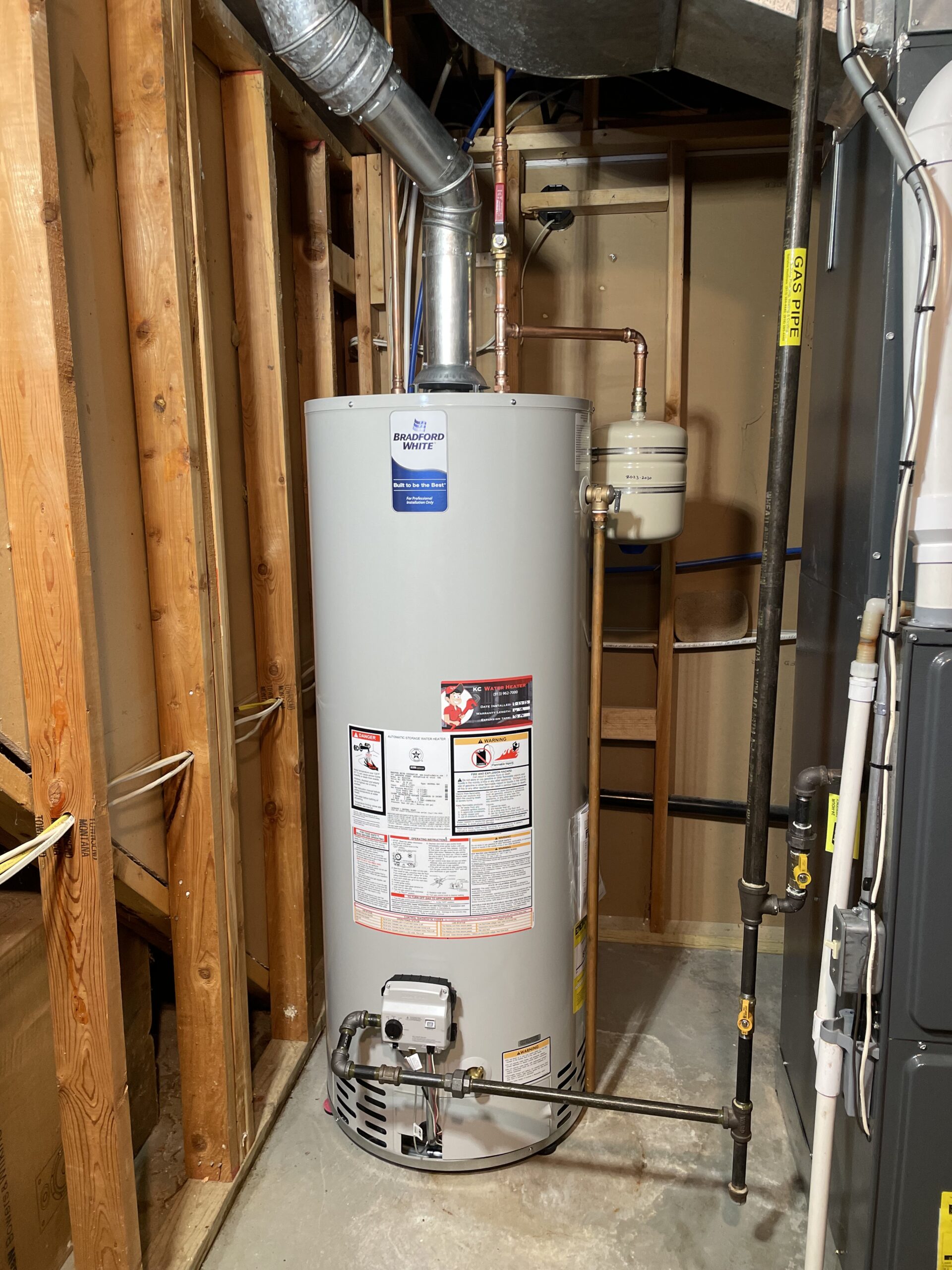Step-by-Step Guide to Maintaining Your Home's Hot Water System
Schedule Service NowJust how do you feel in relation to Tips on Maintaining a Water Heater?

Hot water is important for day-to-day comfort, whether it's for a revitalizing shower or washing meals. To guarantee your warm water system runs efficiently and lasts much longer, regular maintenance is vital. This short article supplies practical pointers and insights on exactly how to keep your home's hot water system to prevent disturbances and costly repair services.
Introduction
Preserving your home's warm water system might seem overwhelming, but with a couple of straightforward steps, you can guarantee it runs smoothly for many years ahead. This overview covers everything from comprehending your warm water system to DIY maintenance ideas and recognizing when to call in expert assistance.
Relevance of Maintaining Your Hot Water System
Routine upkeep not just expands the lifespan of your hot water system however additionally guarantees it runs efficiently. Overlooking maintenance can cause lowered performance, higher energy bills, and even premature failure of the system.
Indications Your Hot Water System Requirements Maintenance
Understanding when your hot water system needs interest can stop significant problems. Watch out for signs such as inconsistent water temperature, strange sounds from the heating system, or corroded water.
Purging the Hot Water Heater
Flushing your water heater removes debris build-up, boosting effectiveness and extending its life.
Checking and Changing Anode Rods
Anode rods protect against deterioration inside the storage tank. Inspecting and replacing them when worn out is crucial.
Complicated Concerns Calling For Professional Assistance
Instances consist of significant leakages, electrical issues, or if your water heater is regularly underperforming.
Routine Specialist Upkeep Perks
Expert maintenance can consist of complete assessments, tune-ups, and making sure compliance with safety and security criteria.
Examining and Adjusting Temperature Level Setups
Adjusting the temperature setups makes sure ideal efficiency and safety and security.
DIY Tips for Maintenance
You can perform numerous maintenance tasks on your own to keep your warm water system in top condition.
Looking for Leakages
Frequently inspect pipelines and connections for leakages, as these can result in water damages and greater bills.
Recognizing Your Hot Water System
Before diving right into maintenance jobs, it's valuable to comprehend the basic elements of your hot water system. Normally, this includes the hot water heater itself, pipes, anode rods, and temperature controls.
Month-to-month Maintenance Tasks
Routine monthly checks can assist capture minor concerns before they escalate.
Examining Pressure Alleviation Valves
Testing the pressure relief valve guarantees it operates correctly and protects against excessive stress build-up.
Insulating Pipelines
Shielding warm water pipelines decreases warm loss and can conserve energy.
When to Call an Expert
While do it yourself maintenance is helpful, some issues need specialist knowledge.
Verdict
Regular maintenance of your home's warm water system is crucial for effectiveness, long life, and cost savings. By complying with these pointers and knowing when to seek expert assistance, you can ensure a trustworthy supply of warm water without unanticipated disruptions.
How to Maintain an Instant Hot Water Heater
Before tinkering with your hot water heater, make sure that it’s not powered on. You also have to turn off the main circuit breaker and shut off the main gas line to prevent accidents. Also turn off the water valves connected to your unit to prevent water from flowing into and out of the appliance. 2. When you’re done, you have to detach the purge valves’ caps. These look like the letter “T†and are situated on either side of the water valves. Doing so will release any pressure that has accumulated inside the valves while at the same time avoid hot water from shooting out and burning your skin. 3. When the purge valves’ caps are removed, you have to connect your hosing lines to the valves. Your unit should have come with three hoses but if it didn’t, you can purchase these things from any hardware or home repair shops. You can also get them from retail stores that sell water heating systems. Read the user’s manual and follow it to complete this task properly. When the hosing lines are connected, open the purge port’s valves. 4. You should never use harsh chemical cleaners or solutions when cleaning your unit. Make use of white vinegar instead. It should be undiluted and you’ll probably use about 2 gallons. 5. Now flush your water heater. This task should probably take about 40 minutes. We can’t give you specific directions for this because the procedure is carried out depending on the type, model and brand of your heater. With that being said, refer to the user’s manual. 6. When you’re done draining the unit, you have to turn off the purge port valves again. Remove the hosing lines that you earlier installed on each of the water valves. Put the valve caps (purge port) back in their respective places and be very careful so as not to damage the rubber discs that are found inside these caps. 7. Now that everything’s back in place, check your user’s manual again to find out how to reactivate your water heating system. 8. Once it is working, turn one of your hot water faucets on just to let air pass through the heater’s water supply pipes. Leave the tap on until water flows smoothly out of it. https://www.orrplumbing.com/blog/2014/september/how-to-maintain-an-instant-hot-water-heater/

Hopefully you enjoyed our topic about What Kind of Maintenance Do Water Heaters Need?. Thanks so much for taking time to read through our piece. Sharing is good. You never know, you may be doing someone a favor. I enjoy your readership.
Schedule Today